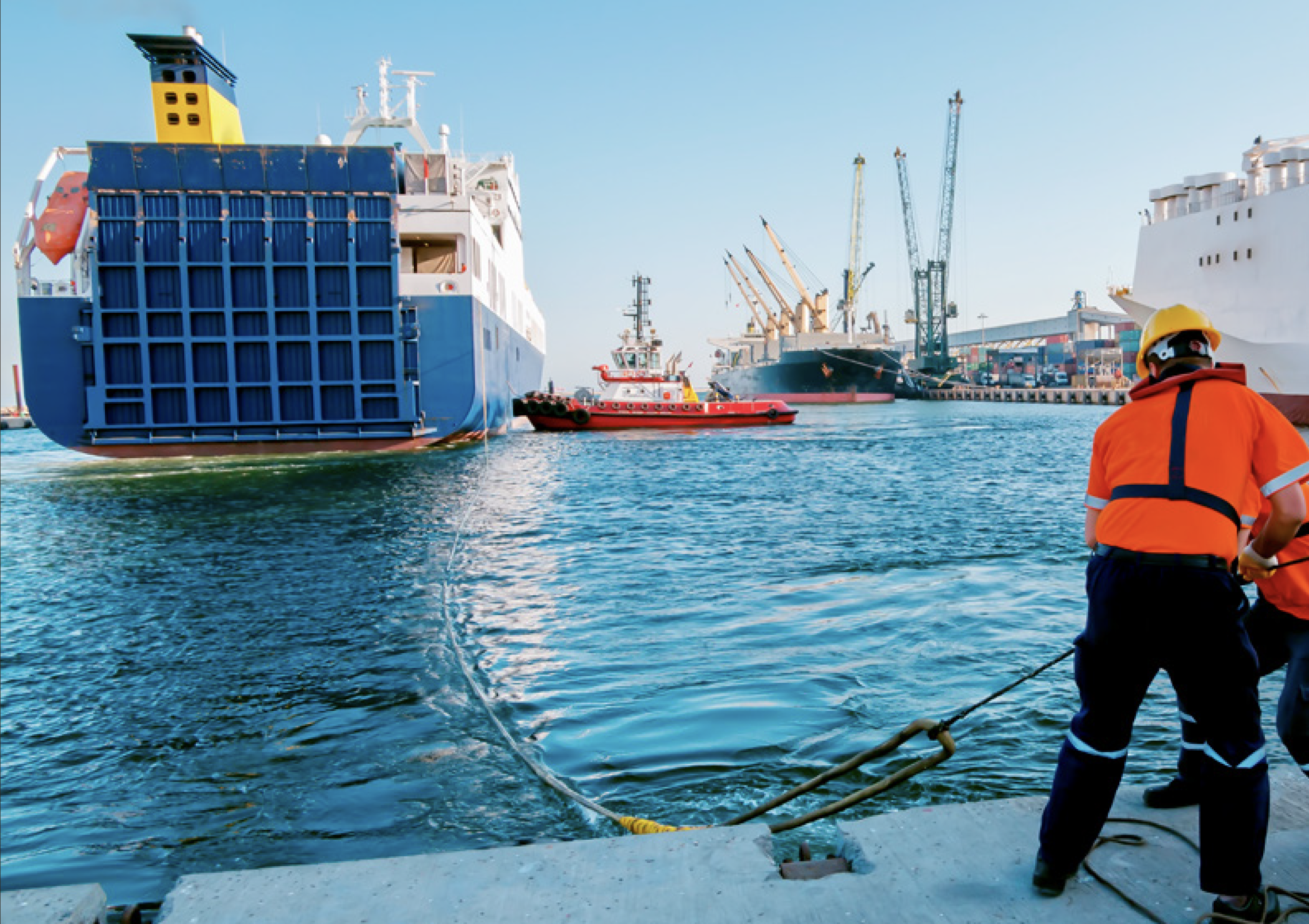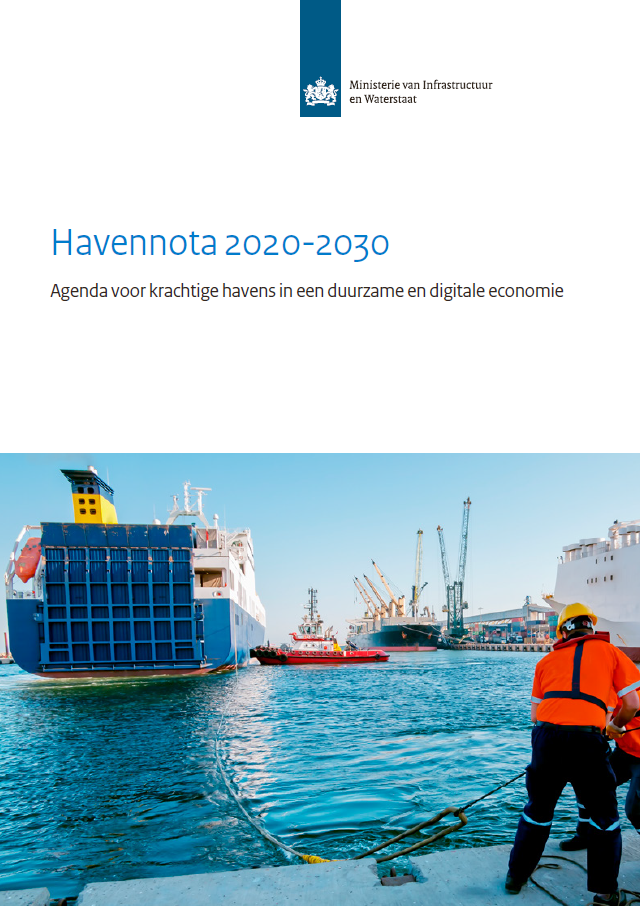Dutch Port Strategy 2020-2030 launched
The Dutch government and the port sector are making plans for the future of sea and inland ports. These plans can be found in the Port Strategy 2020-2030. Cora van Nieuwenhuizen, Dutch Minister of Infrastructure and Water Management, expresses the ambition as follows: “To maintain the powerful position of the Dutch ports, the economy of the future is sustainable, digital and connected”.
Powerful ports in a sustainable and digital economy
Despite the fact that the Dutch ports are in a good starting position, Minister van Nieuwenhuizen states that the obviousness is over because of the fundamental challenges facing the ports. To maintain and strengthen the economic value of the ports, it is important to respond adequately to the changes.
Dutch ports and their role in the circular economy
The ports see the circular economy as both a task and an opportunity. This aligns them with the Dutch government’s goal of achieving a fully circular economy by 2050 and using 50% fewer primary raw materials by 2030. These ambitions have been endorsed in the Raw Materials Accord, which has also been signed by several ports. A variety of start-up, scale-up and other circular initiatives can be found in the ports.
In the transition to a circular economy, the Dutch ports can play an important role as a transit port of high-value products, location of high-value industry and companies, hub for forward effects in numerous places in the region, testing ground for new activity and as an ecosystem with interacting companies, knowledge institutions and public parties. Increased use of each other’s raw materials and waste products is likely to lead to more local flows of goods.



